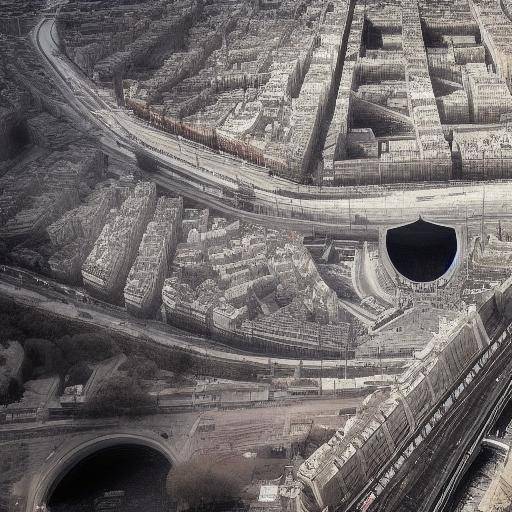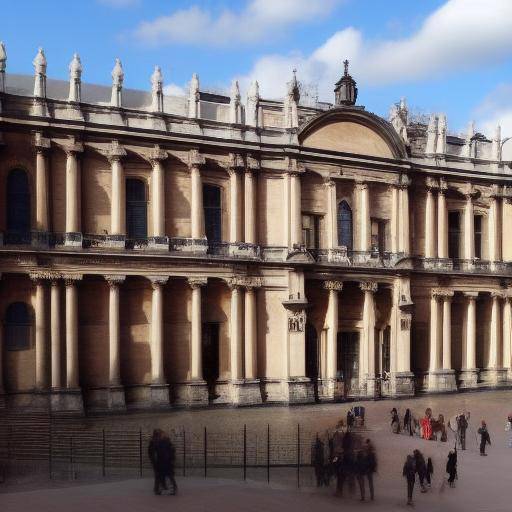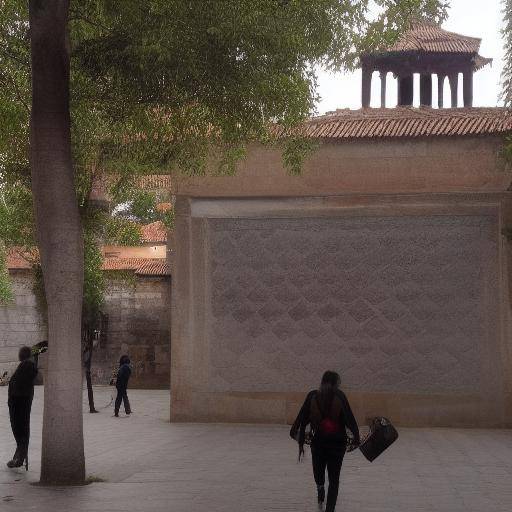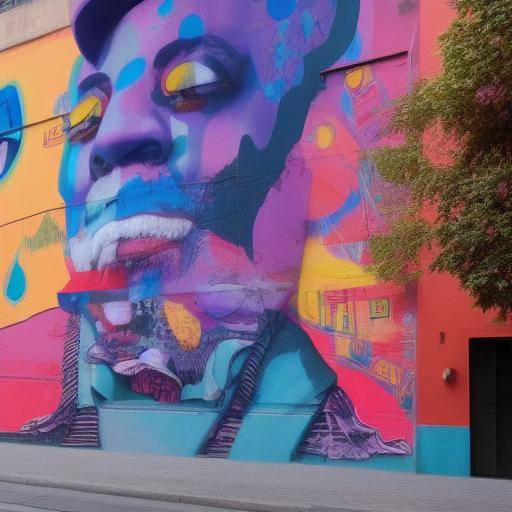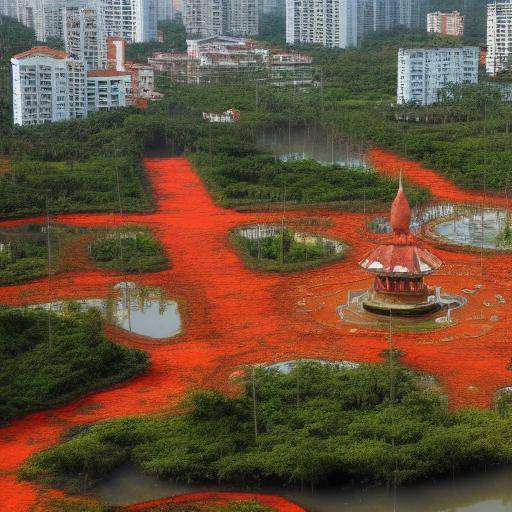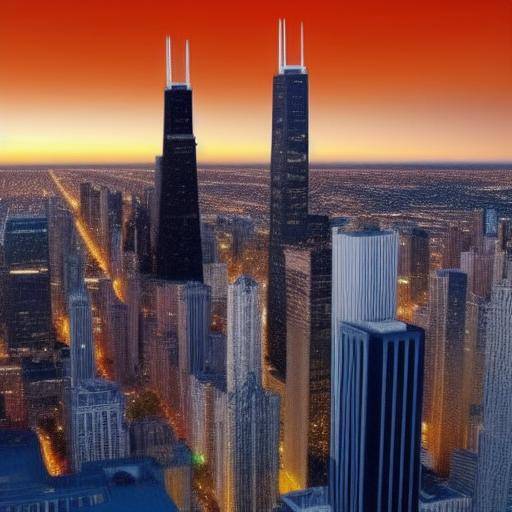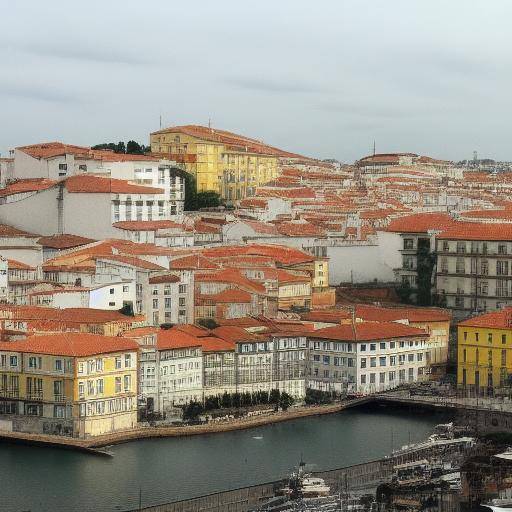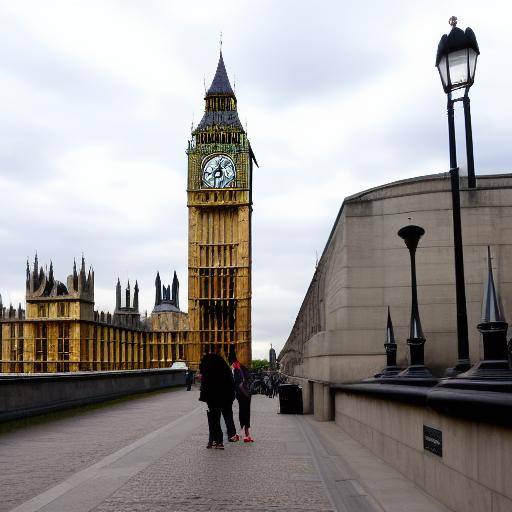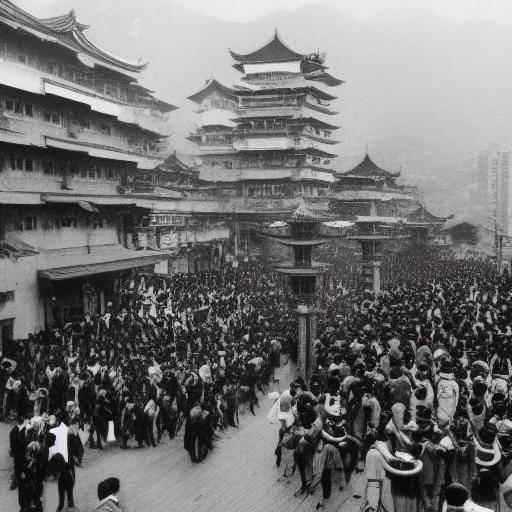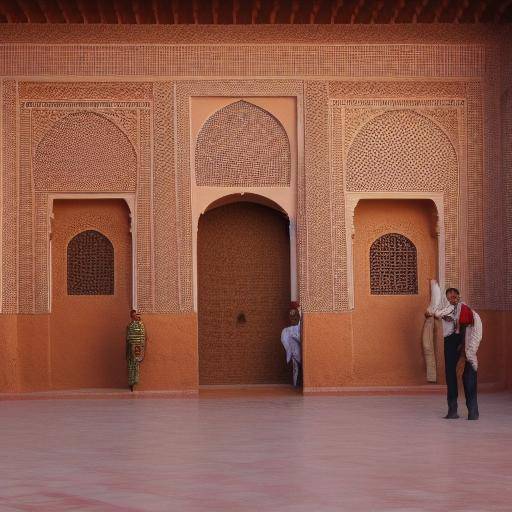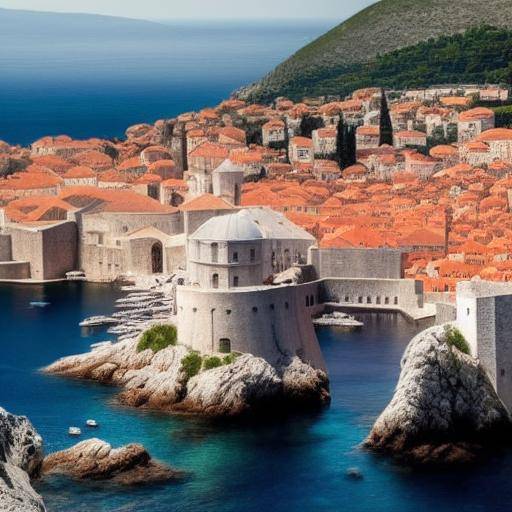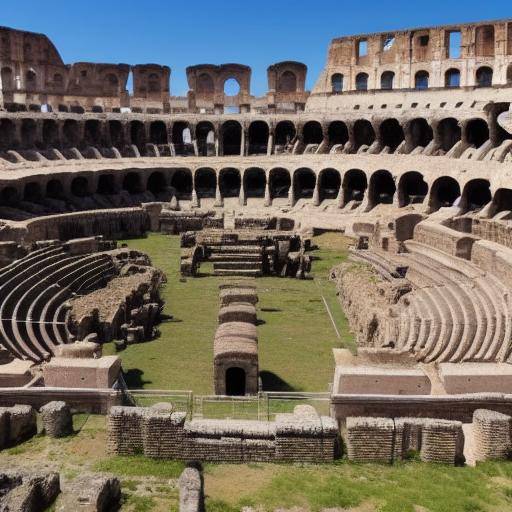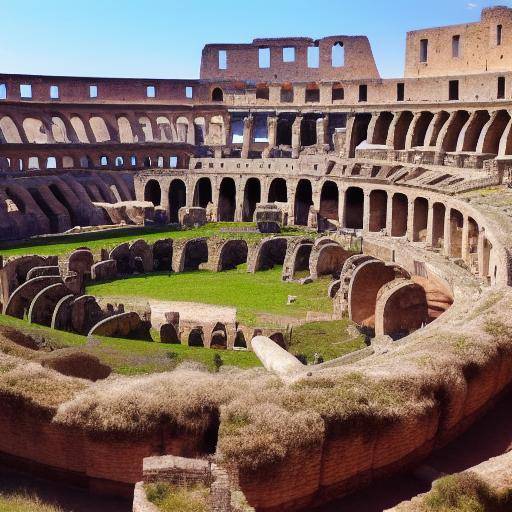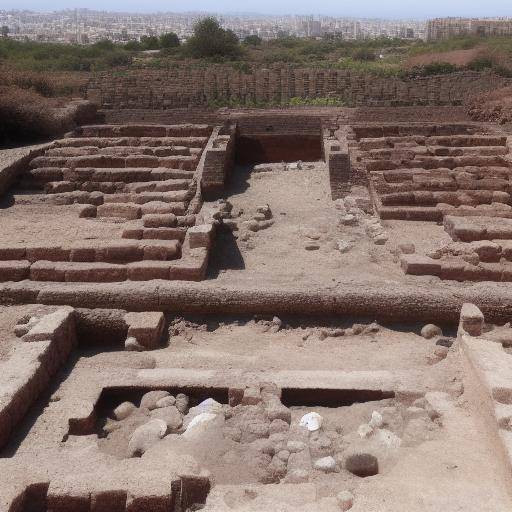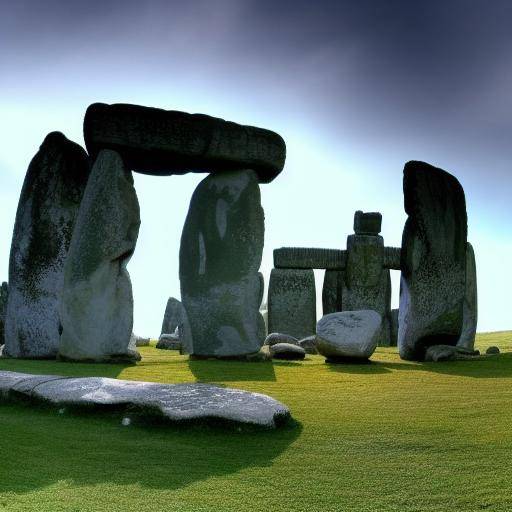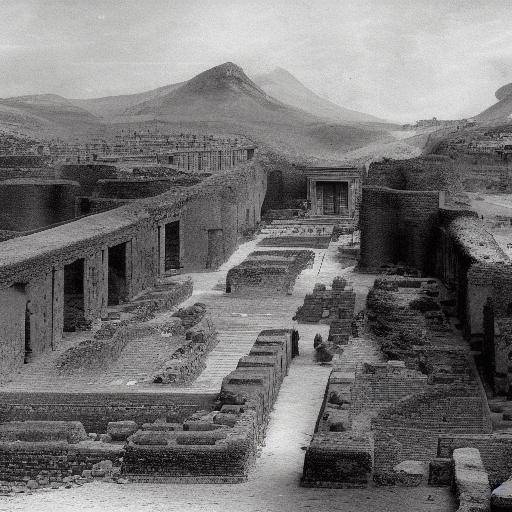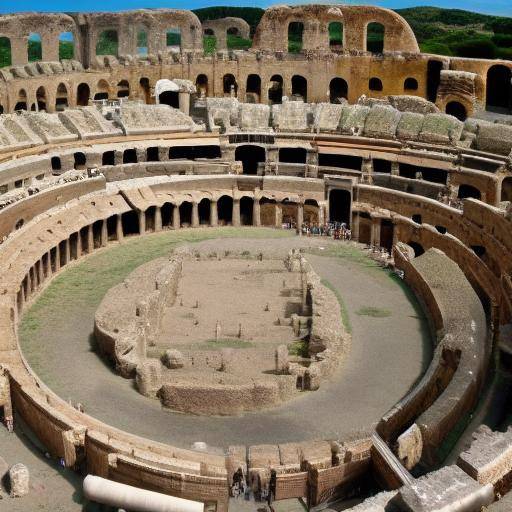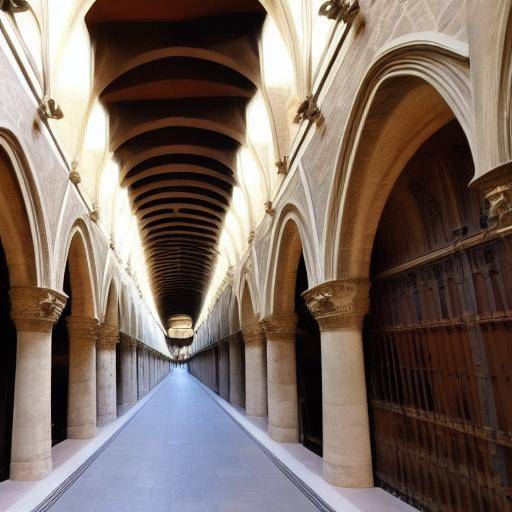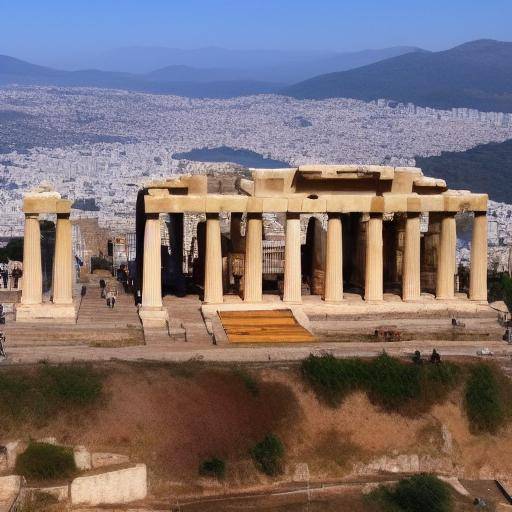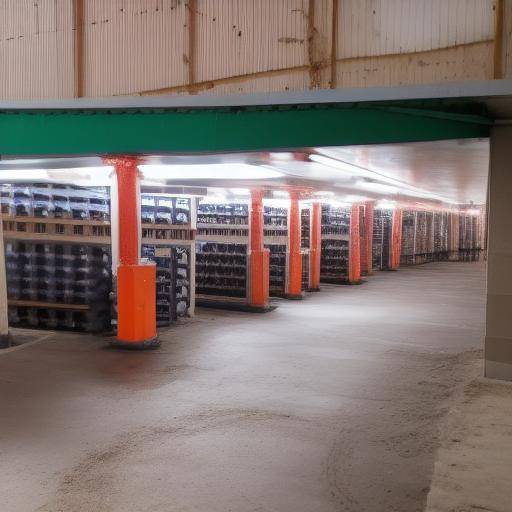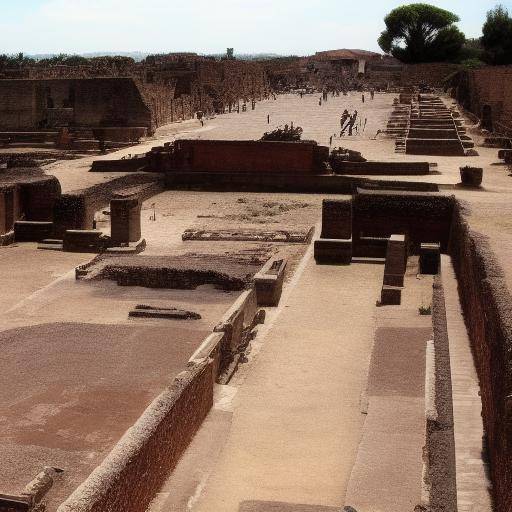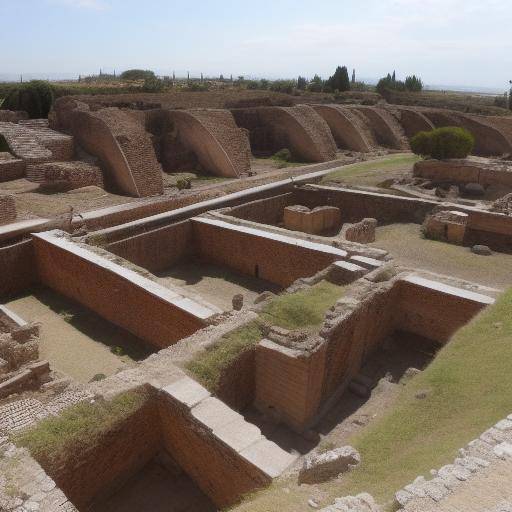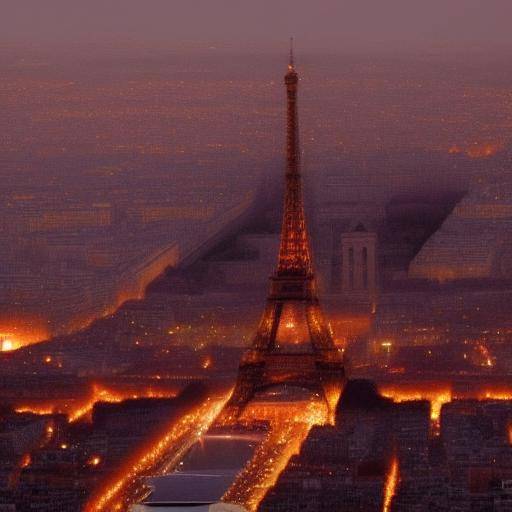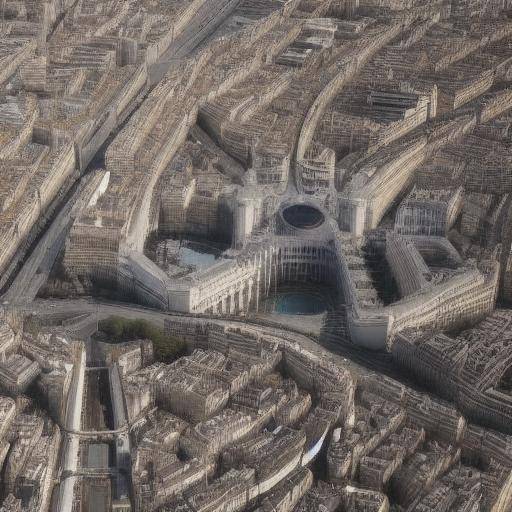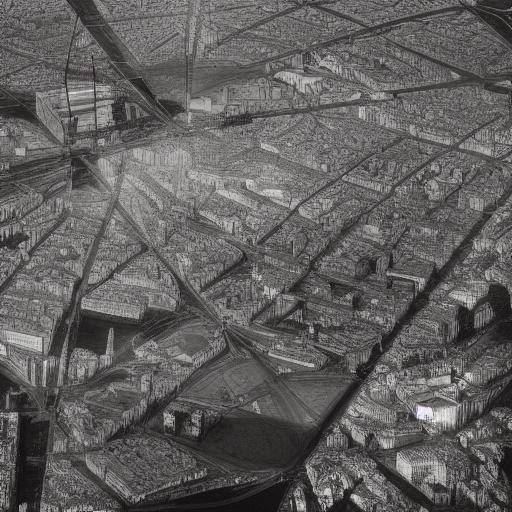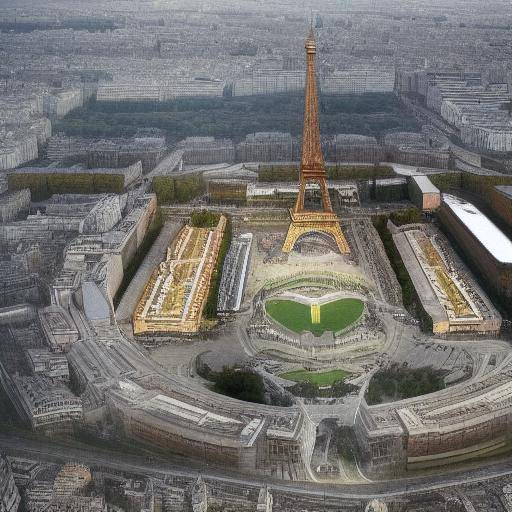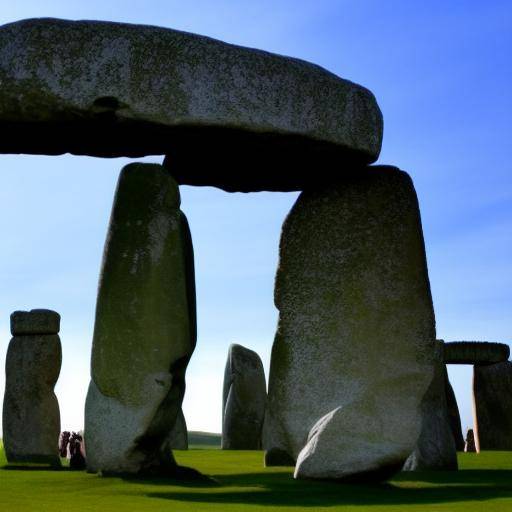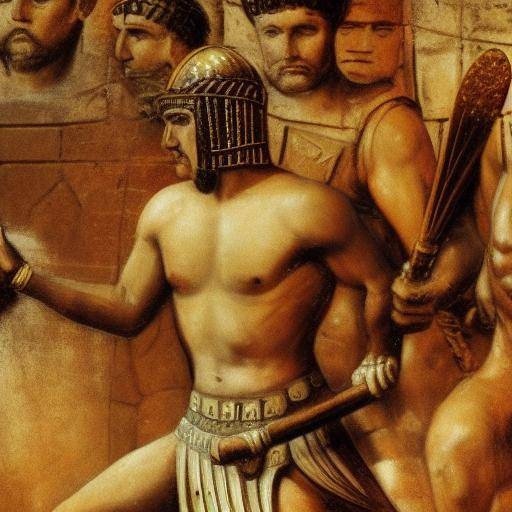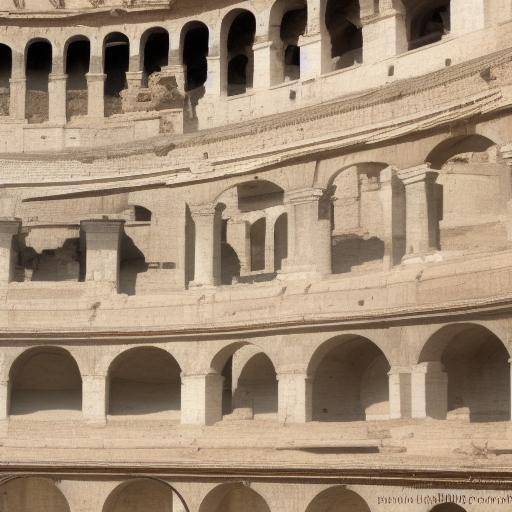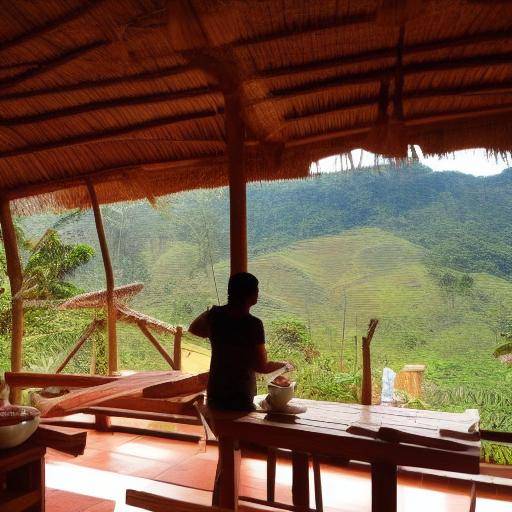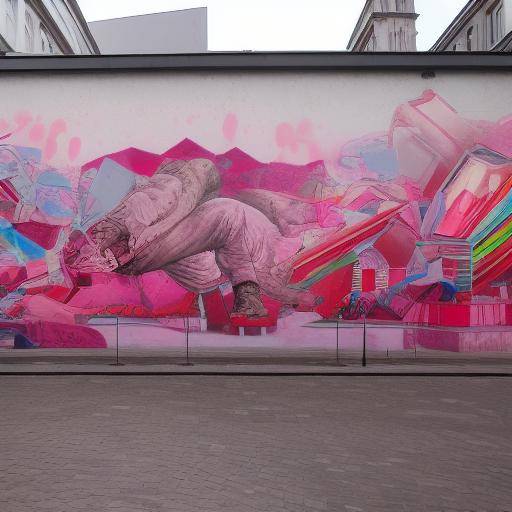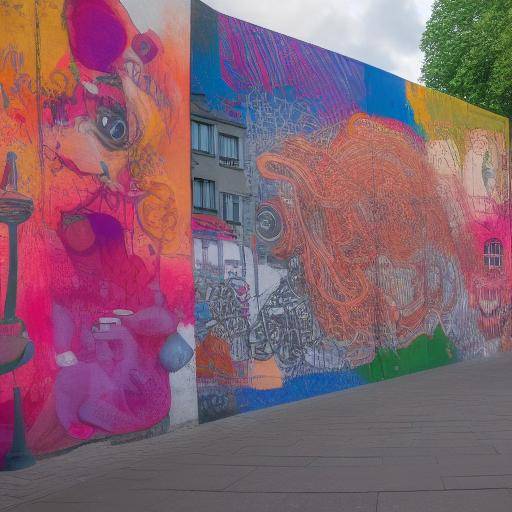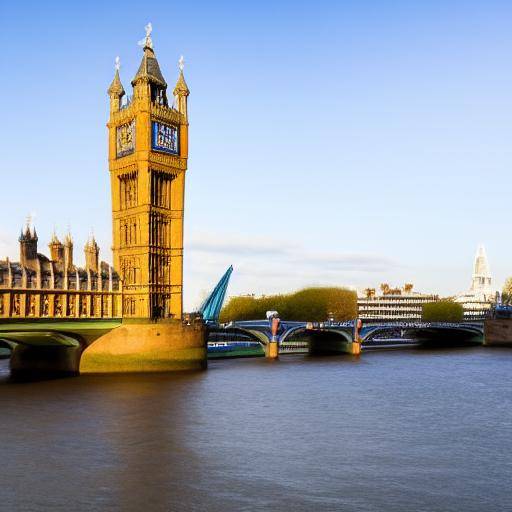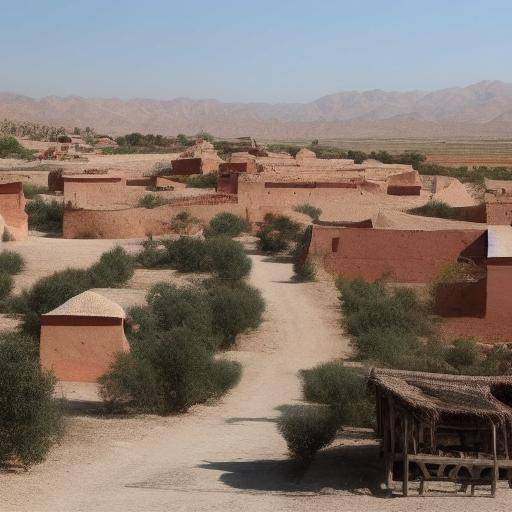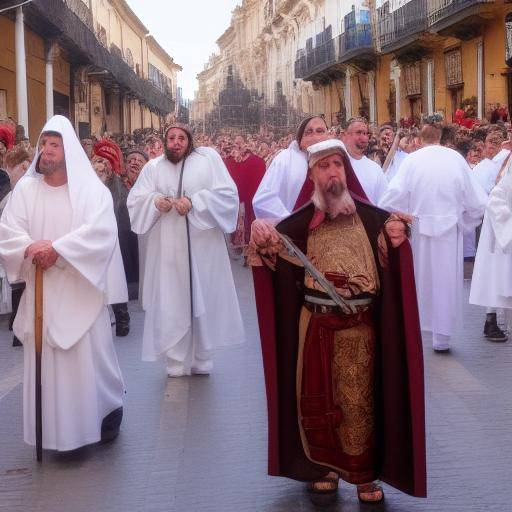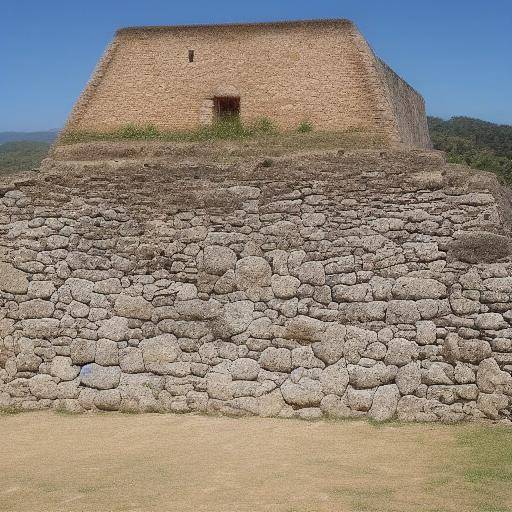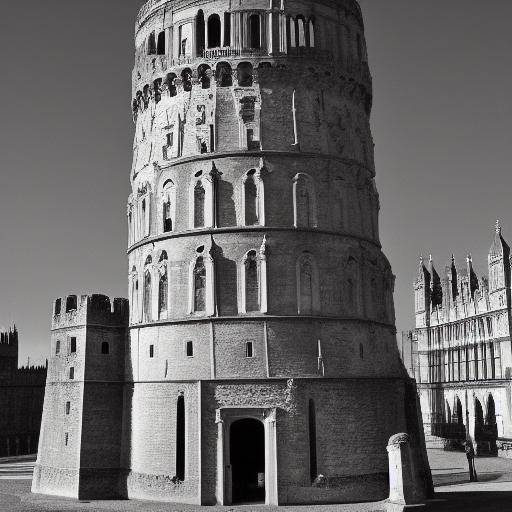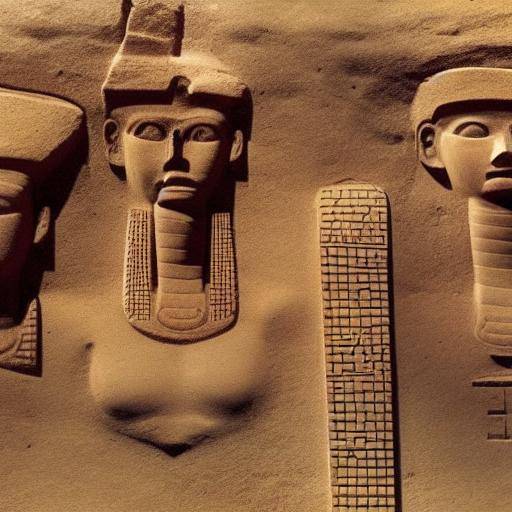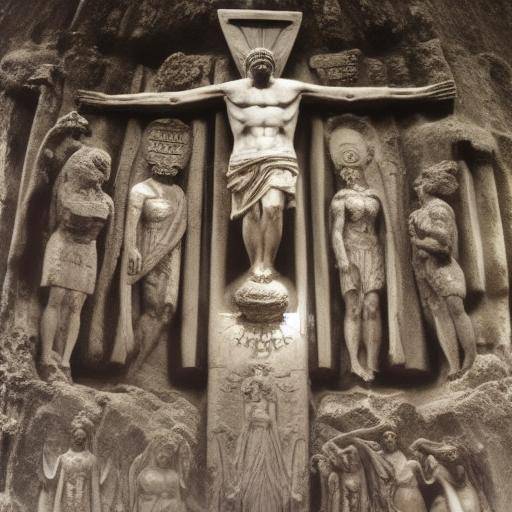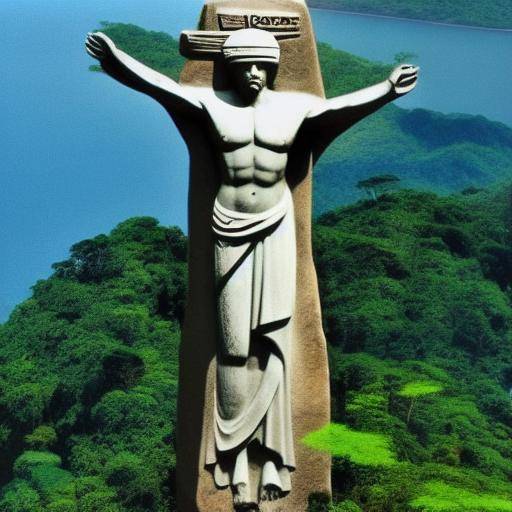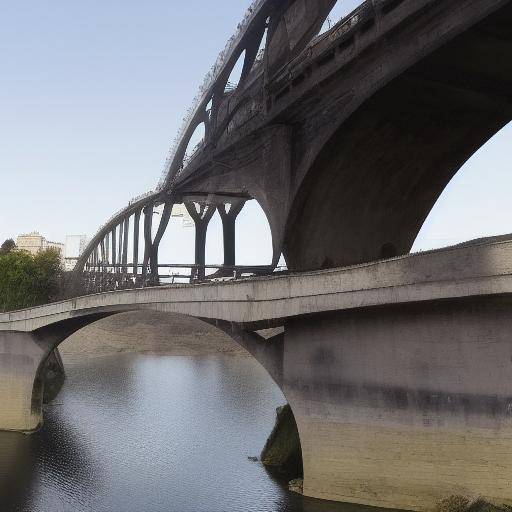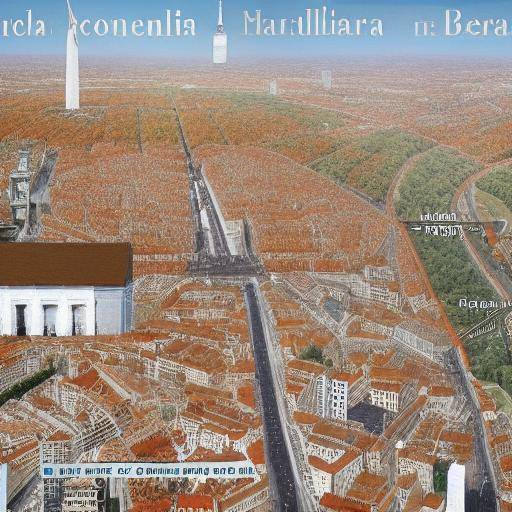
Introduction
Berlin, the vibrant capital of Germany, is a melting pot of history, culture and modernity. In this article, we will take you on a tour of historical Berlin, from the memories of the Berlin Wall to the present day. We will explore the rich history of the city, its decisive moments, the fall of the Wall and how Berlin has evolved to become the dynamic center that is today.
History and Background
Berlin is a city that bears the weight of world history. From its origins as a small settlement in the 13th century until it became the capital of a nation divided by the Cold War, Berlin has witnessed countless events that have shaped the contemporary world.
The Origen of Berlin
The history of Berlin dates back to the 13th century, when it emerged as a modest fishing village in the confluence of the Spree and Havel rivers. Over time, it became an important commercial and political center within the Holy Roman German Empire.
Berlin in the World War
During World War II, Berlin suffered devastating bombings that left much of the city in ruins. This period marked the beginning of the division of the city and laid the foundations for one of the most significant moments of its modern history: the construction of the Berlin Wall.
The Berlin Wall: A Scar in History
On August 13, 1961, under the communist regime of the German Democratic Republic, the infamous Berlin Wall was erected, which divided the city into two and became a symbol of the Cold War. For nearly three decades, the Wall separated families, friends and neighbors, leaving a deep mark on the psyche of the city.
The Fall of the Wall and Reunification
On 9 November 1989, in a surprising turn of events, thousands of East Berlin citizens gathered at the Wall, demanding the opening of borders. The popular pressure led to the opening of the Wall, a historic moment that marked the beginning of the end of the German division and the subsequent reunification.
Contemporary Berlin: A Renaissance City
After reunification, Berlin experienced a profound transformation. The city became a crucible of culture, art and freedom, attracting creatives, entrepreneurs and innovators from around the world. Today, Berlin is a vibrant metropolis that celebrates its past as it looks to the future with enthusiasm and determination.
Deep analysis
Urban Remodeling and Current Challenges
The fall of the Berlin Wall triggered a process of reconstruction and reconciliation that has shaped the current Berlin. However, reunification has also posed challenges in terms of economic and social integration, marking a dichotomy between East and West Berlin.
Economic and Cultural Impact
The integration of East and West Berlin has led to economic growth and cultural diversity. The city has become an important business and technological centre, while preserving its historical and artistic legacy.
Reinvention Posguerra Fría
After the fall of the Wall, Berlin has redefined its identity as a global city, hosting international events, developing an avant-garde art scene and reviving as a magnet for young entrepreneurs and creatives.
Comprehensive review
Tourism in Berlin: Emblematic Places
Berlin treasures an impressive collection of historical and cultural monuments, from the Brandenburg Gate to the Museum Island. Every corner of the city tells a story that deserves to be discovered.
###The Berlin Wall: Historical Document The Berlin Wall, more than a physical barrier, was a wound in the heart of the city. Exploring their remains and learning about their consequences is crucial to understanding the resilience and determination of their inhabitants.
Berlin Comparison Before and After the Fall of the Wall
The division and subsequent unification of Berlin have left an indelible mark in the city. Compare its urban landscape, its culture and its social dynamics before and after the Wall offers a unique vision of its evolution.
Practical Tips and Active Recommendations
Historic Tour of Berlin: Recommended Tour
A detailed itinerary that takes you through the most significant landmarks in Berlin's history, from the Wall to the commemorative monuments, offering a deep dive in historical Berlin.
Cultural immersion in Berlin: Captivating Spaces
Explore the cultural districts and spaces of Berlin that embody their artistic spirit and commitment to historical memory, captivating those who seek an authentic experience in the city.
Industry Perspectives and Expert Reviews
Berlin as Technological Centre: Business Perspectives
The opportunities and challenges that Berlin presents as a hub for technology and innovation, as well as the perceptions of business leaders about the potential of the city in the global landscape.
Historic Retrospective: Interviews with Witnesses of the Muro Fall
Enriching conversations with people who witnessed and starred at the days of the fall of the Wall, sharing their vision of how those events have left a lasting legacy in Berlin.
Case Studies and Real Life Applications
Family Reunification: Personal Impact of the Wall
Stories of families separated by the Wall that, once assembled, faced an emotional, social and economic adjustment process, providing valuable lessons on human resilience.
Art and Wall of Berlin: Creative Expressions
Exploration of how the Berlin Wall has been reinterpreted by contemporary artists, generating a mosaic of artistic expressions that re-dimensionate their meaning in current Berlin.
Future Trends and Predictions
Berlin: Perspectives Towards the Future
A look at the potential of Berlin in the next decade, considering demographic, economic and technological trends that shape the direction the city will take in the globalized world.
Conclusion
Berlin is a city immersed in a rich history that intertwines with its present and future. From the legacy of the Berlin Wall to its reinvention as a vibrant metropolis, the history of Berlin is a testimony to the human capacity to overcome adversities and evolve. As we immerse ourselves in this journey through historic Berlin, we are weaving a tapestry of collective memories that unite us through time and space.
This city, which was once divided by a concrete wall, is now a capital that unites cultures, ideologies and dreams. Berlin teaches us that even in the deepest fracture, hope and determination can give birth to a shared future. As we say goodbye to this journey, let us remember that historical Berlin is not only a destination in time, but a call for reflection and action in our current world.
Frequently asked questions
What is the historical importance of the Berlin Wall?
The Berlin Wall was a physical and symbolic border that divided the city for 28 years, representing the ideological division between the east and the west. His fall marked the end of the Cold War and the reunification of Germany.
What are the most emblematic monuments related to the history of Berlin?
Berlin hosts an impressive range of historical monuments, including the Brandenburg Gate, the Berlin Wall East Side Gallery, the Checkpoint Charlie, the Holocaust Memorial and the Museum Island, reflecting its rich history and culture.
How has the identity of Berlin evolved after the fall of the Wall?
After the fall of the Wall, Berlin has experienced a cultural and economic transformation, becoming a magnet for artists, entrepreneurs and creatives from around the world. The city has maintained a balance between its historical past and its opening to innovation.
What is the perspective of Berlin as a tourist destination?
Berlin is a fascinating tourist destination that combines its rich history with a vibrant cultural scene and contemporary energy. Visitors can explore their historical heritage, world-renowned museums and lively nightlife.
What are the current challenges facing Berlin in its reunification process?
The reunification of Berlin has presented challenges such as economic and social integration between the east and the west of the city, as well as the preservation of urban heritage and collective memory in a context of rapid development.
What opportunities does Berlin offer for business and technological growth?
Berlin has emerged as a center of innovation and entrepreneurship in Europe, attracting startups and technology companies. The city provides an enabling infrastructure for business growth and a diverse creative community.
What is the lasting legacy of the Berlin Wall in contemporary society?
The Berlin Wall has left an indelible legacy that has influenced the collective memory of Berlin. Its impact has been portrayed in art, popular culture, architecture and urban policies, serving as a reminder of human resilience and the overcoming of division.
Conclusion
In this journey through historic Berlin, we have explored the events that have sculpted the city, from the construction and fall of the Wall to the contemporary transformation of Berlin as a global capital. The history of Berlin is a testimony of resilience, reconciliation and rebirth. As the city passes through the layers of its past, it presents itself to the world as a beacon of hope and rebirth.
Through this journey, we have discovered the complex amalgam of history, culture and change that defines Berlin. As we look towards its future, it is clear that Berlin remains a symbol of unity and overcoming. From the scars of the Wall a city has emerged that embraces its diversity and celebrates its historical heritage.
Berlin invites us to reflect on the importance of memory, the power of resilience and the ability to transform. It is, in essence, a reminder that, even in the darkest moments, humanity can find the light that guides its path to a common future. Ultimately, historical Berlin transcends the physical and temporal borders to become a timeless symbol of coexistence, overcoming and evolution.
What will the future of Berlin stop us? As the city continues its journey, its historical pages do not stop writing. As observers of this constantly evolving account, we witness the energy, will and vitality that make Berlin an emblem of the past, present and future.


